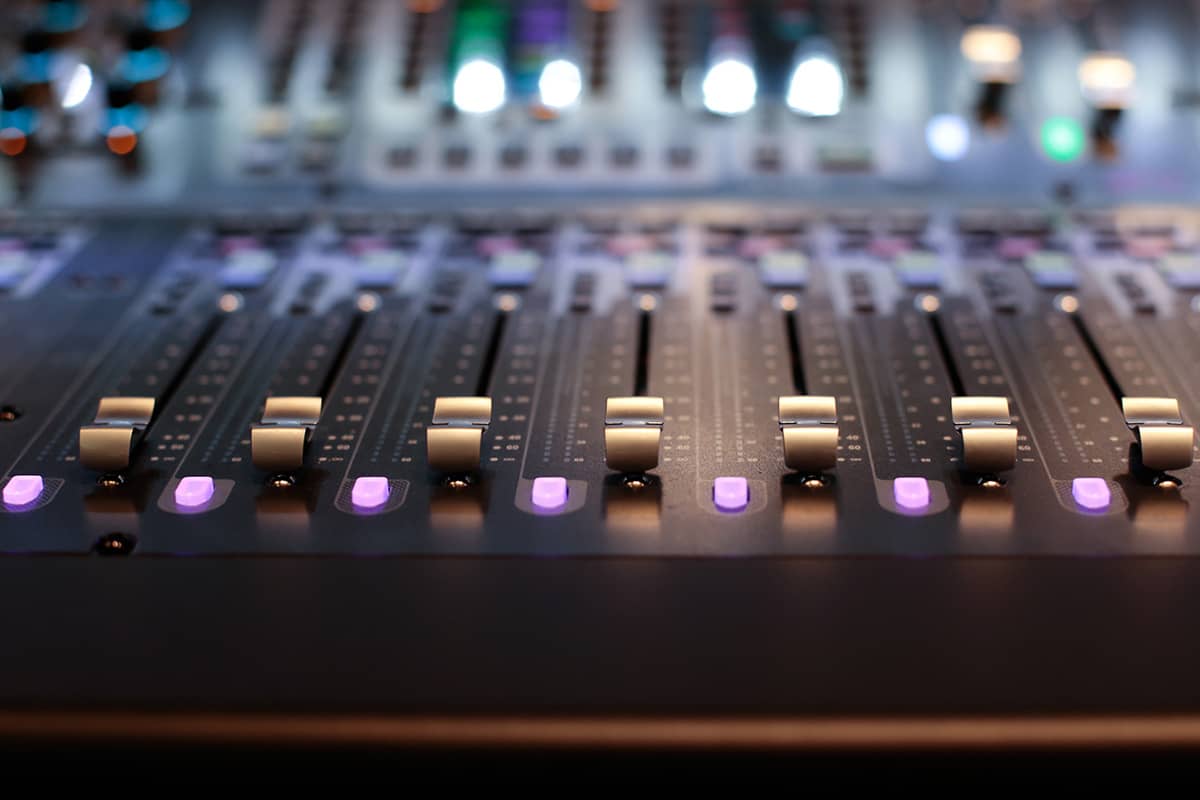Audio Evolves With Changing Listening Habits
As the Consumer Journey Changes in the Aftermath of the Pandemic, Audio Stays Strong
In the past 18 months, the ways we consume content have experienced dramatic and potentially permanent changes. From the COVID-19 pandemic to economic shocks to leaps forward in digital technology, global forces have driven disparate forms of media together. Podcasters live stream their recording sessions on Twitch; commuters stuck at home stream their favorite radio programs on smart speakers in their home; kids use their iPad to go to class one minute and watch TikTok the next. Linear forms of media consumption have fallen to the wayside and new multiplatform types of content have grown in popularity. And audio has proven to be a consistent factor throughout. In fact, while television and social consumption went down, audio listenership actually went up.1 As the changes of the last year follow us into the months ahead, audio remains the best way to connect with new kinds of consumers and their new habits.
First off, we should consider some of the ways audio has changed during the pandemic. Sound has always been the most mobile medium, but mobility itself has shifted dramatically. Most of us stopped commuting; even more of us stopped traveling. We spent much more time closer to home, but that made the time out of the house even more important. During quarantine, people walked 45% more.2 Maybe you were a housebound parent on a drive, just to get out of the house, or maybe someone who took up jogging (44% more people exercise from home now). No matter who you were, audio went with you.
Audio didn’t just go with listeners for a walk, either. It stayed with them regardless of the media they were consuming. Maybe they were learning a new dance on TikTok or maybe they were listening to news updates about pandemic regulations while making their morning coffee. Sound was the most powerful way to stay connected to the outside world when the whole world was forced inside.
For that reason, audio became something we at Audacy refer to as “personal primetime.” Because people consume audio privately, whether alone in the car or in their earbuds, they form a deeply personal connection to it. Research indicates that this enables audio to leave especially powerful impressions on listeners.3 It’s immersive and inspires people to act. As we come out of the pandemic, that strong connection isn’t going anywhere.
With all that in mind, our Audacy team wants to identify 3 new types of consumers whose habits have been shaped by all these trends. They may look familiar, but they consume audio and media in general in new ways on new schedules and new devices. By focusing on these people, brands can find their audience in new places before anyone else.
Rush Hour Renegades: Here’s a pandemic shift that no one anticipated: there’s a new rush hour. Now that people aren’t commuting to work, many people are getting in their cars to pick up their kids from school. While they’re out, they run errands or even just go for a cruise to get out of the house. That means rush hour is 3 p.m. now instead of 6 p.m.4 That means OTA and streaming OTA have a new primetime. Don’t get caught chasing after listeners three hours late.
Home Office Heroes: Though offices are reopening, much of corporate America is sticking with a hybrid strategy that combines in-office and work-from-home models. People want to retain the flexibility and comfort afforded by remote work. Working from home has inspired many employees to update their home office with everything from standing desks to ring lights. Advertisers should take note of one device in particular: smart speaker sales reached record levels last year, moving over 150 million units.5 This signals a further shift into the screenless world, where consumers rely on hands-free devices for everything from listening to the news to restocking paper towels in their kitchen. Audio is a crucial part of this transformation; brands will need to have a sonic strategy that encompasses traditional over-the-air (OTA) advertising, sound logos, and natural language processing capabilities. Home office heroes are on the vanguard of this shift; if you want to reach them, audio is essential.
Walking Warriors: You’ve probably heard of weekend warriors – people who dedicate their days off to active, personal time. During the last year, our leisure time changed along with the way we spent it. Without a commute, most people worked longer hours and spent more time online.6 People looked for new types of “me-time” and found it in walking routines. They show no signs of slowing down. More importantly, they’re taking their phones with them, and mobile use is sticking at its record high pandemic levels.7 The daily walk is peak personal primetime. You’ll want to capitalize on that audio opportunity.
Rush hour renegades, home office heroes, and walking warriors are not just emerging groups. They are audiences of the future. They are showing us that the linear consumer journey of pre-pandemic days is no longer relevant. To be effective, marketers need to recognize these changes in consumer habits and respond with nimble and creative audio content.
Want to talk more about reaching your target audience?
Let´s Talk1 Nielsen Total Audience Report
2 Apple Mobility Trends, a comparison of data from Jan 13, 2020 through June 2, 2021
3 “Audio is Personal Primetime,” Idil Cakim, Audacy, January 2021. https://entercom.com/insights/audio-is-personal-primetime/
4 “Afternoons Are the New Rush Hour in the Suburbs.” Scott Calvert, Wall Street Journal, May 2021. https://www.wsj.com/articles/afternoons-are-the-new-rush-hour-in-the-suburbs-11621157403
5 “Strategy Analytics: Global Smart Speaker Sales Cross 150 Million Units for 2020 Following Robust Q4 Demand,” BusinessWire, March 2021. https://www.businesswire.com/news/home/20210303005852/en/Strategy-Analytics-Global-Smart-Speaker-Sales-Cross-150-Million-Units-for-2020-Following-Robust-Q4-Demand
6 “People are Working Longer Hours During the Pandemic.” Economist, November 2020. https://www.economist.com/graphic-detail/2020/11/24/people-are-working-longer-hours-during-the-pandemic
7 “US Time Spent with Mobile 2021: Pandemic Gains Stick Even as Growth Cools,” Yoram Wurmser, eMarketer, June 2021. https://www.emarketer.com/content/us-time-spent-with-mobile-2021?ecid=dfda7bcd4b86471fba0d362c1f4a962e
